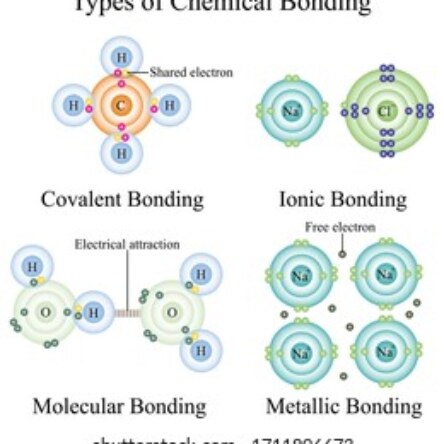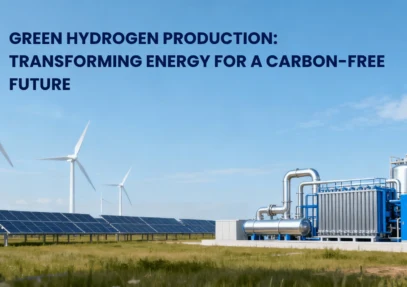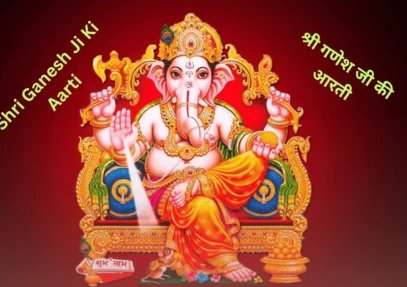How do cells communicate with each other?
Let's analyze the statements: Statement I: The Supreme Court of India has held in some judgments that reservation policies made under Article 16(4) would be limited by Article 335 to maintain the efficiency of administration. This is correct. The Supreme Court, in various rulings (such as the IndraRead more
Let’s analyze the statements:
Statement I:
The Supreme Court of India has held in some judgments that reservation policies made under Article 16(4) would be limited by Article 335 to maintain the efficiency of administration.
This is correct. The Supreme Court, in various rulings (such as the Indra Sawhney case), has emphasized that while Article 16(4) provides for reservations in public employment, it must be balanced with Article 335, which states that the claims of Scheduled Castes and Scheduled Tribes must be consistent with maintaining the efficiency of administration.
Statement II:
Article 335 defines the term “efficiency of administration.”
This is incorrect. Article 335 does not define “efficiency of administration.” It only mentions that the claims of Scheduled Castes and Scheduled Tribes should be taken into consideration, consistent with the maintenance of efficiency of administration. However, it does not provide a definition of “efficiency.”
Correct answer:
Statement-I is correct but Statement-II is incorrect








Cells communicate with each other through a process known as cell signaling, which involves the exchange of information between cells to coordinate activities, respond to their environment, and maintain homeostasis. This communication occurs through various mechanisms, which can be broadly categorizRead more
Cells communicate with each other through a process known as cell signaling, which involves the exchange of information between cells to coordinate activities, respond to their environment, and maintain homeostasis. This communication occurs through various mechanisms, which can be broadly categorized into chemical, electrical, and mechanical signals.
1. Chemical Communication:
2. Electrical Communication:
3. Gap Junctions and Direct Contact:
4. Mechanical Signals:
5. Signal Transduction Pathways:
Importance of Cell Communication:
Cell communication is a sophisticated system involving chemical, electrical, and mechanical signals to ensure that cells function harmoniously in an organism. Miscommunication at the cellular level can lead to diseases such as cancer, diabetes, and neurological disorders.
See less